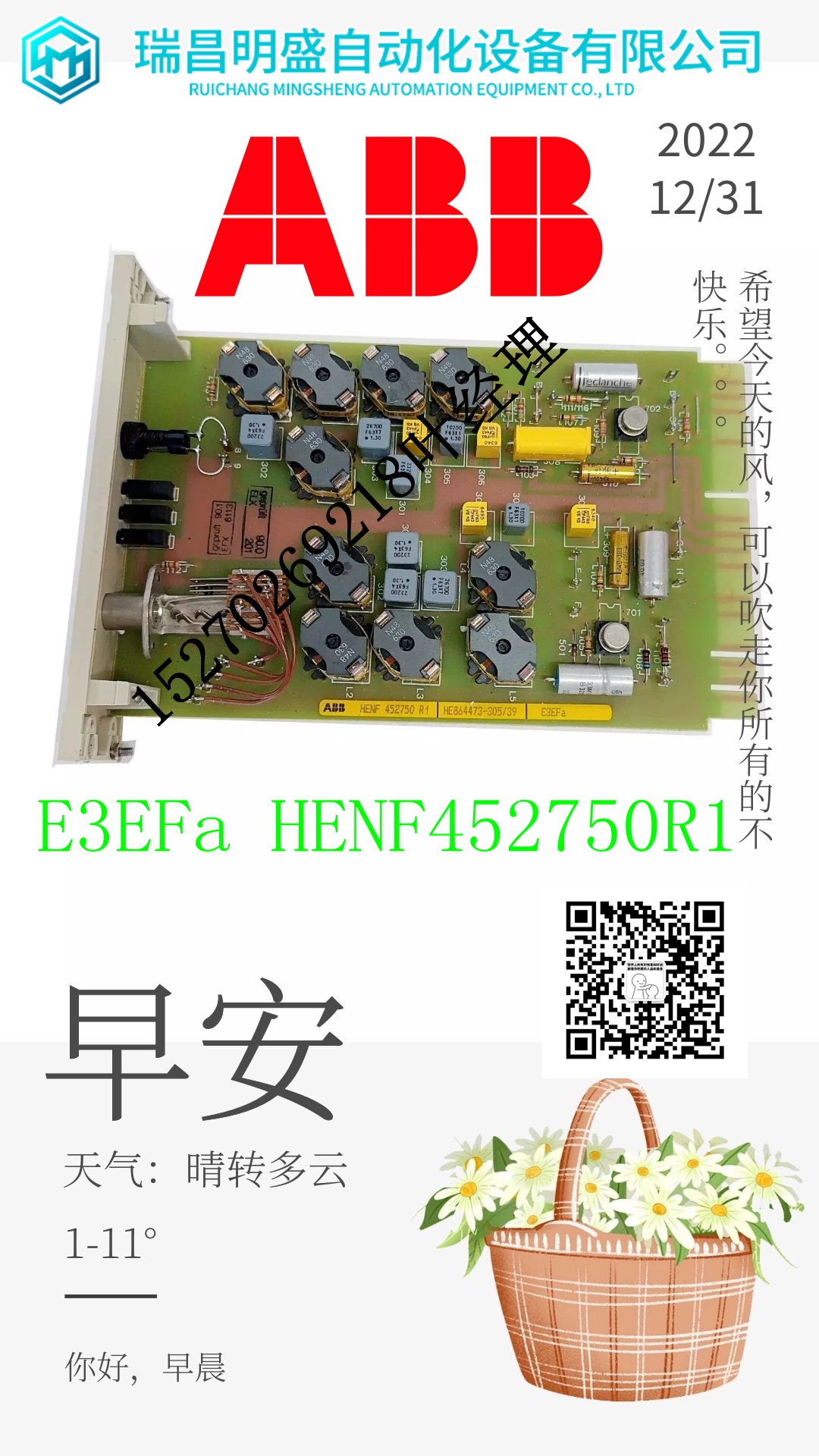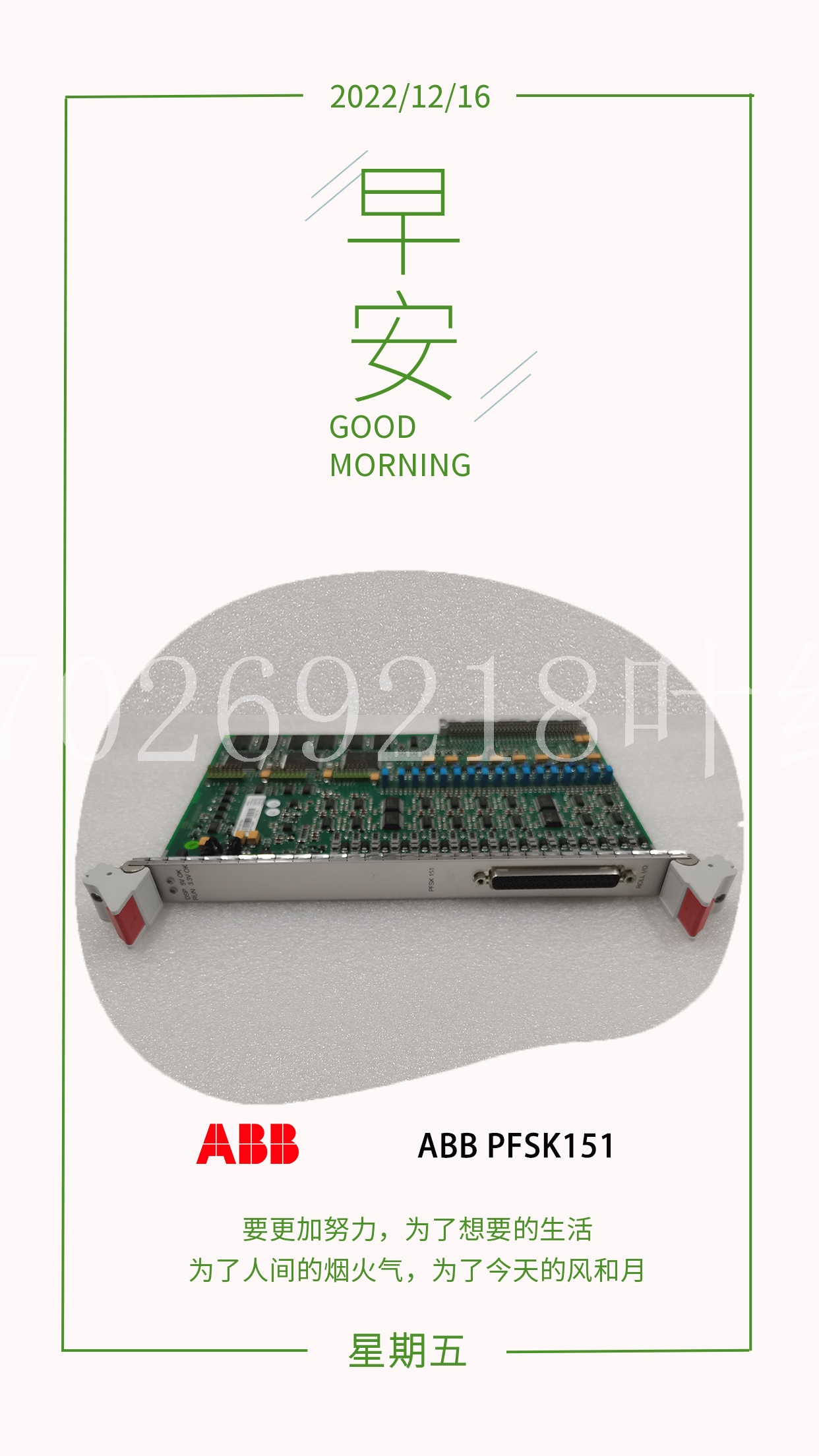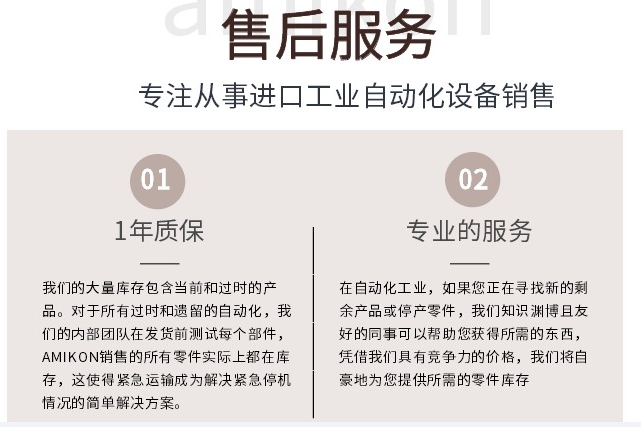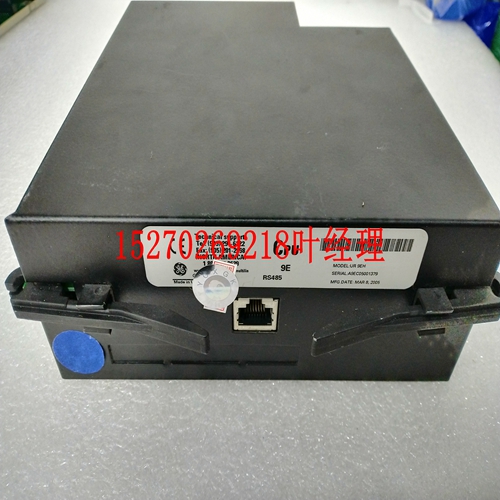IS200AVGBG1工控卡件,自动化卡件
定时器:200秒范围:1到500秒,步骤:1 ENTER ESCAPE(输入退出),步骤:2 ENTER ESCAPE(退出退出),1 MESSAGE ESCAPE MESSAGE(退出退出消息),2 MESSAGE ESCAPE(退出消息)CC1 CC2 GE Power Management 469 Motor Management Relay 4-15 4 SETPOINT PROGRAMMING 4.3 S2 SYSTEM SETUP 4图4–2:降压启动电流特性如果使用此功能,起动器状态开关输入必须来自公共控制触点或来自降压接触器和全电压接触器的辅助“a”触点的并联组合或辅助“b”触点的串联组合。一旦开始转换,469假设电机仍在运行至少2秒。如果电机电流在开路过渡期间变为零,这将防止469识别额外的启动。图4–3:降压启动器辅助A状态输入图4–4:降压启动器辅B状态输入注释4-16 469电机管理继电器GE电源管理4.4 S3数字输入4设定值编程4 4.4 S3数字输出4.4.1说明第3页的设定值已指定为数字输入页。469有九个数字输入。469个数字输入中的5个已预先指定为具有特定功能的开关。五个预先分配的数字输入中的四个始终正常工作,并且没有与之相关的任何设定点消息。第五个,起动机状态,可配置为“a”或“b”辅助触点。其余四个数字输入是可分配的;也就是说,输入用于的功能可以从多个不同的功能中选择。其中一些功能非常具体,其他功能可以编程以适应用户需求。如果启用了双速电机功能,则ASSIGNABLE INPUT 4将专用于双速电机监视器。4.4.2接入开关端子C1和C2必须短路,以允许更改任何设定值。该保护是设置点密码功能的补充,该功能独立运行(参见第4–4页第4.2.1节:密码)。4.4.3测试开关469投入使用后,可作为定期维护计划的一部分不时进行测试。继电器将积累与起动器和电机运行历史相关的统计信息。该信息包括:上次跳闸数据、需求数据(如果使用计量功能)、MWh和Mvarh计量、RTD最大值、事件记录、模拟输入最小值和最大值、电机跳闸次数、类型跳闸次数、电机总运行时间、学习参数、启动机操作次数、电机启动次数、紧急重启次数和数字计数器。短路469测试输入(端子C3和C4)可防止继电器测试时所有数据损坏或更新。测试端子短路时,在用LED将闪烁。4.4.4紧急重启短路端子D17和D23将使用的热容量放电至零,将任何启动/小时锁定设置为零,将启动之间的时间锁定设置为0,并重置所有跳闸和警报,以便热电机可以重新启动。然而,重新启动块锁定将保持激活状态(它可以用作反向锁定计时器),并且任何跳闸条件都将保持
TIMER: 200 s Range: 1 to 500 seconds, step: 1 ENTER ESCAPE ð ð MESSAGE ESCAPE MESSAGE ESCAPE MESSAGE ESCAPE MESSAGE ESCAPE MESSAGE ESCAPE CC1 CC2 GE Power Management 469 Motor Management Relay 4-15 4 SETPOINT PROGRAMMING 4.3 S2 SYSTEM SETUP 4 Figure 4–2: REDUCED VOLTAGE STARTING CURRENT CHARACTERISTIC If this feature is used, the Starter Status Switch input must be either from a common control contact or a parallel combination of Auxiliary ‘a’ contacts or a series combination of Auxiliary ‘b’ contacts from the reduced voltage contactor and the full voltage contactor. Once transition is initiated, the 469 assumes the motor is still running for at least 2 seconds. This prevents the 469 from recognizing an additional start if motor current goes to zero during an open transition. Figure 4–3: REDUCED VOLTAGE STARTER AUXILIARY A STATUS INPUT Figure 4–4: REDUCED VOLTAGE STARTER AUXILIARY B STATUS INPUT NOTE 4-16 469 Motor Management Relay GE Power Management 4.4 S3 DIGITAL INPUTS 4 SETPOINT PROGRAMMING 4 4.4 S3 DIGITAL INPUTS 4.4.1 DESCRIPTION Setpoints page 3 has been designated the DIGITAL INPUTS page. The 469 has nine digital inputs. Five of the 469 digital inputs have been pre-assigned as switches having a specific function. Four of the five pre-assigned digital inputs are always functional and do not have any setpoint messages associated with them. The fifth, Starter Status, may be configured for either an 'a' or 'b' auxiliary contact. The remaining four digital inputs are assignable; that is to say, the function that the input is used for may be chosen from one of a number of different functions. Some of those functions are very specific, others may be programmed to adapt to the user requirements. If the Two-Speed Motor feature is enabled, ASSIGNABLE INPUT 4 will be dedicated as the Two-Speed Motor Monitor. 4.4.2 ACCESS SWITCH Terminals C1 and C2 must be shorted to allow changing of any setpoint values. This safeguard is in addition to the setpoint passcode feature, which functions independently (see Section 4.2.1: PASSCODE on page 4–4). 4.4.3 TEST SWITCH Once the 469 is in service, it may be tested from time to time as part of a regular maintenance schedule. The relay will have accumulated statistical information relating historically to starter and motor operation. This information includes: last trip data, demand data (if the metering features are in use), MWh and Mvarh metering, RTD maximums, the event record, analog input minimums and maximums, number of motor trips, number of trips by type, total motor running hours, learned parameters, number of starter operations, number of motor starts, number of emergency restarts, and the digital counter. Shorting the 469 Test input (terminals C3 and C4) prevents all of this data from being corrupted or updated when the relay is under test. The In Service LED will flash while the test terminals are shorted. 4.4.4 EMERGENCY RESTART Shorting terminals D17 and D23 discharges the thermal capacity used to zero, sets any Starts/Hour Block lockout to zero, sets any Time Between Starts Block lockout to zero, and reset all Trips and Alarms so that a hot motor may be restarted. However, a Restart Block lockout will remain active (it may be used as a backspin timer) and any trip condition that remains












